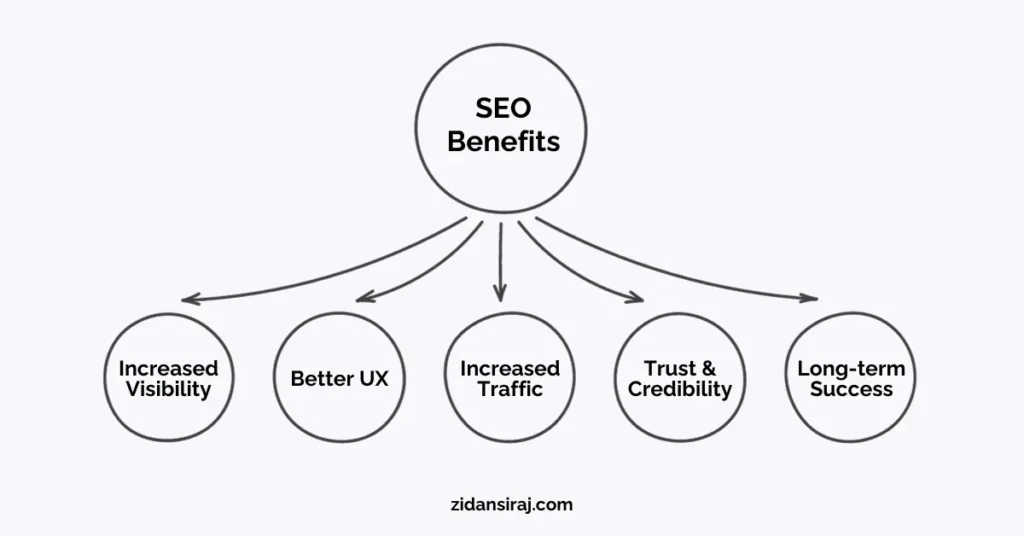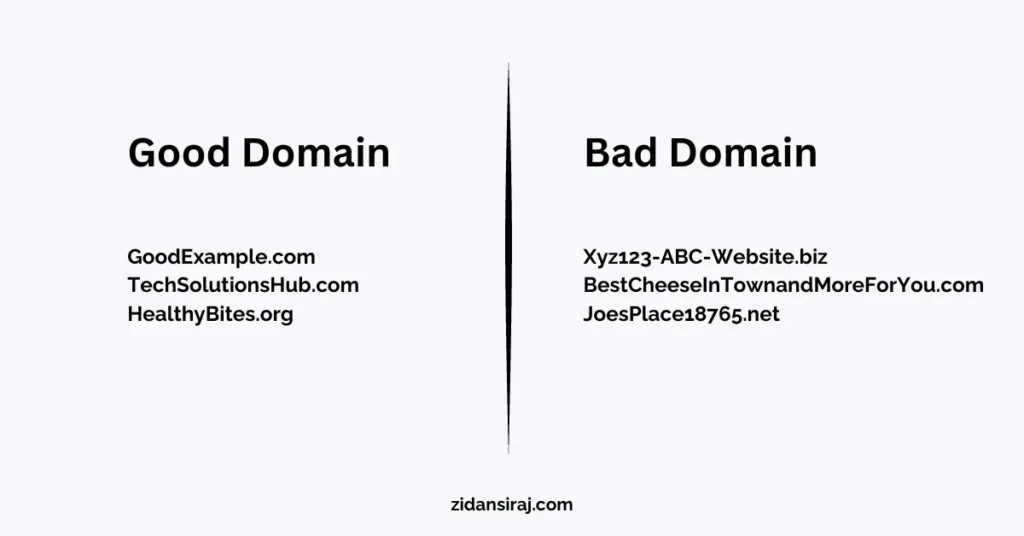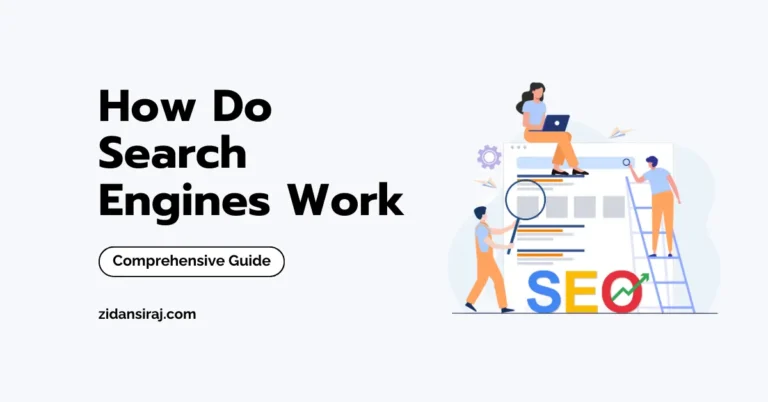In today’s digital age, having an online presence is essential for any business or individual who wants to succeed. But simply creating a website or a blog isn’t enough.
You need to make sure that people can find you when they search for keywords related to your content.
That’s where SEO (search engine optimization) comes in.
SEO Fundamentals
What is SEO?
SEO is the process of improving your website or web page’s ranking on search engine results pages (SERPs).
The higher your ranking, the more likely people are to see your site, and the more clicks you’ll get.
Why is SEO Important?
SEO is important for many reasons:

- Increased visibility: SEO helps your website rank higher in search results, making it more visible to potential customers or clients.
- Better user experience: SEO practices such as optimizing page load speed and mobile-friendliness contribute to a better user experience, which search engines prioritize.
- Increased traffic: When your website ranks higher in search results, it attracts more organic traffic, leading to higher site traffic and potential conversions.
- Trust and credibility: High rankings in search results build trust and credibility with users, as they perceive your site as reputable and relevant.
- Long-term success: SEO is a continuous process, once you rank higher you can maintain this position by consistently creating valuable and relevant content.
The Basics of SEO
There are many different factors that affect your website’s ranking in search results. However, some of the most important basics include:
- Keywords: They are the words and phrases people use to search online. Use relevant keywords throughout your website content for your target audience.
- On-page optimization: Optimizing individual pages of your website for specific keywords. Use your keywords in title tags, meta descriptions, and headings.
- Content creation: Creating high-quality, informative content is essential for SEO. Keep your website updated with new blog posts, articles, and other types of content.
- Link building: Getting backlinks from other websites is one of the most important factors in SEO. Backlinks are like votes of confidence in your website.
- Technical SEO: Your content should be easy to find, crawl, and index by search engines.
Getting Started with SEO
If you’re new to SEO, don’t worry! There are many resources available to help you get started. Here are a few tips:
- Read blog posts and articles about SEO: There are many great blogs and websites that offer SEO advice. A good place to start is the Google Search Central Blog.
- Take an online SEO course: There are many online SEO courses available that can teach you the basics of SEO.
- Hire an SEO consultant: If you’re serious about SEO, you may want to consider hiring an SEO consultant to help you with your website.
Remember, SEO is a long-term game. It takes time and effort to see results. But if you’re patient and persistent, you can improve your website’s ranking and get more traffic from organic search.
Setting Up Your Website for SEO Success
Choose an SEO-Friendly Platform like WordPress
This platform is designed with SEO in mind, offering features like:
- Easy content management and editing
- Optimized code structure
- Access to numerous SEO plugins and extensions
- Customizable themes that prioritize SEO best practices
Plugins for Optimization: Popular plugins like Yoast SEO and Rank Math provide guidance on content optimization, technical checks, and keyword tracking.
Select a Strategic Domain Name

- Relevant and Memorable: Choose a domain name that clearly reflects your website’s content and is easy to remember.
- Keyword-Rich (if possible): Incorporating relevant keywords in the domain name can signal relevance to search engines, but prioritize clarity and brand recognition over forcing keywords.
Invest in Fast and Secure Hosting
Loading Speed: Slow loading times negatively impact user experience and SEO rankings.
Choose a hosting provider that offers:
- Fast servers
- Content Delivery Networks (CDNs)
- Image optimization tools
SSL Certificate: This secures data transmission between your website and visitors, boosting trust and ranking potential.
Ensure Mobile-Friendliness
- Responsive Design: Your website should seamlessly adapt to different screen sizes, providing optimal viewing experiences on phones, tablets, and desktops.
- Google’s Mobile-First Indexing: Google prioritizes the mobile version of websites for ranking, making mobile optimization crucial.
Getting Your Site on Google
Having your site indexed by Google ensures that it will appear in search results when people search for relevant keywords.
This increases the visibility of your site and can attract more traffic and potential customers.
Finding a Sitemap
Sitemaps are a list of the pages on your website that you want search engines to index. You’ll likely find a sitemap at one of these URLs if you already have one:
- site.com/sitemap.xml
- site.com/sitemap_index.xml
In case that doesn’t work, check site.com/robots.txt.
Still can’t find it? You probably don’t have one.
Creating a Sitemap
Depending on the size and architecture of your site, choose one of the following methods to create a sitemap:
- Let your CMS generate a sitemap for you.
- For sitemaps with less than a few dozen URLs, you can manually create a sitemap.
- For sitemaps with more than a few dozen URLs, automatically generate a sitemap.
Submitting your Sitemap
You can submit a sitemap through Google Search Console’s Sitemaps report. Takes no time at all.

Additional Tips for SEO success
- Focus on creating high-quality content that your target audience will find valuable.
- Promote your content on social media and other channels.
- Track your SEO progress and make adjustments as needed.
By following these tips, you can get started with SEO and improve your website’s ranking in search results.
I hope this blog post has given you a basic understanding of SEO. If you have any questions, please feel free to leave a comment below.
Happy SEOing!
References
- “Build and submit a sitemap” . Google.
- “Get your website on Google” . Google.



